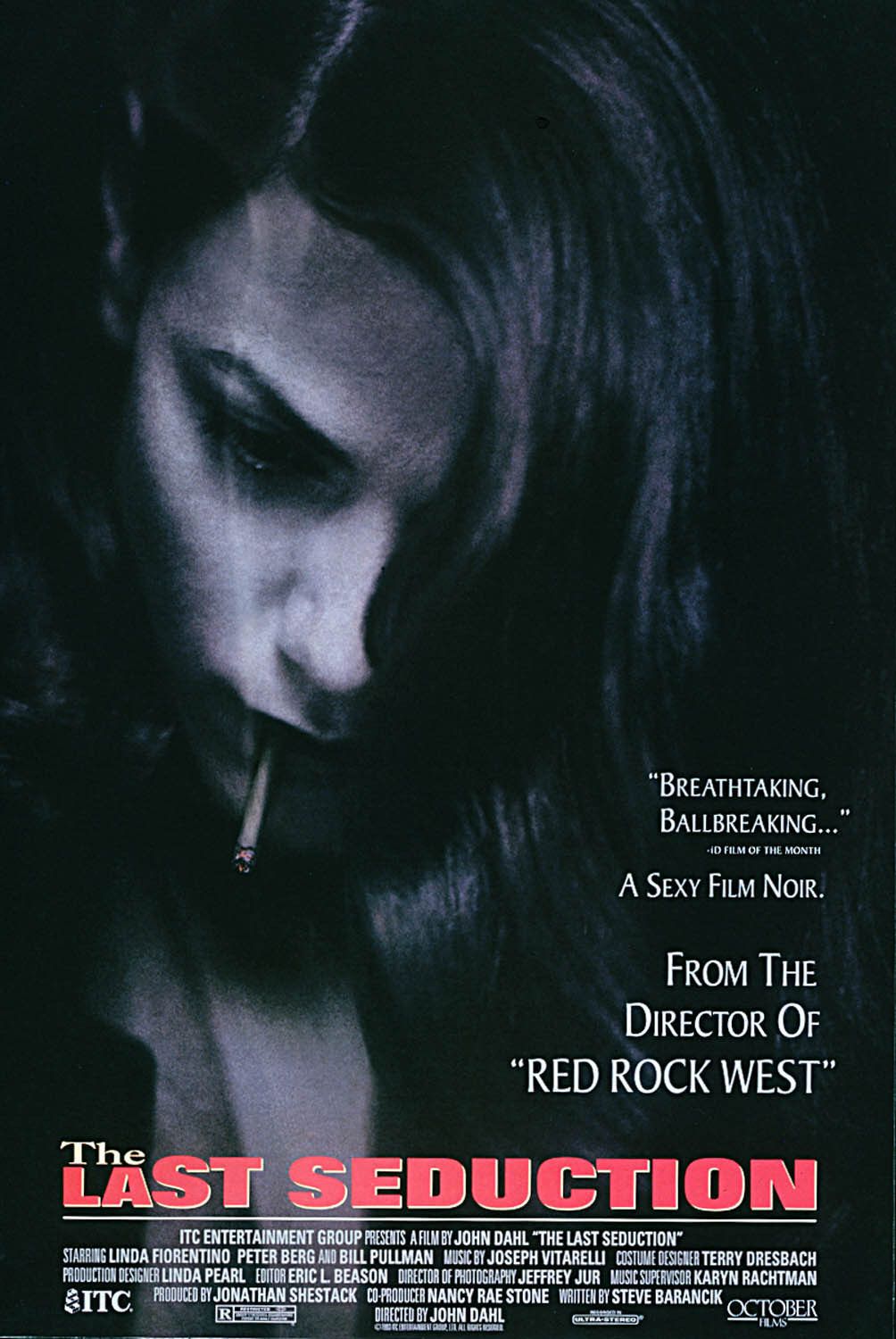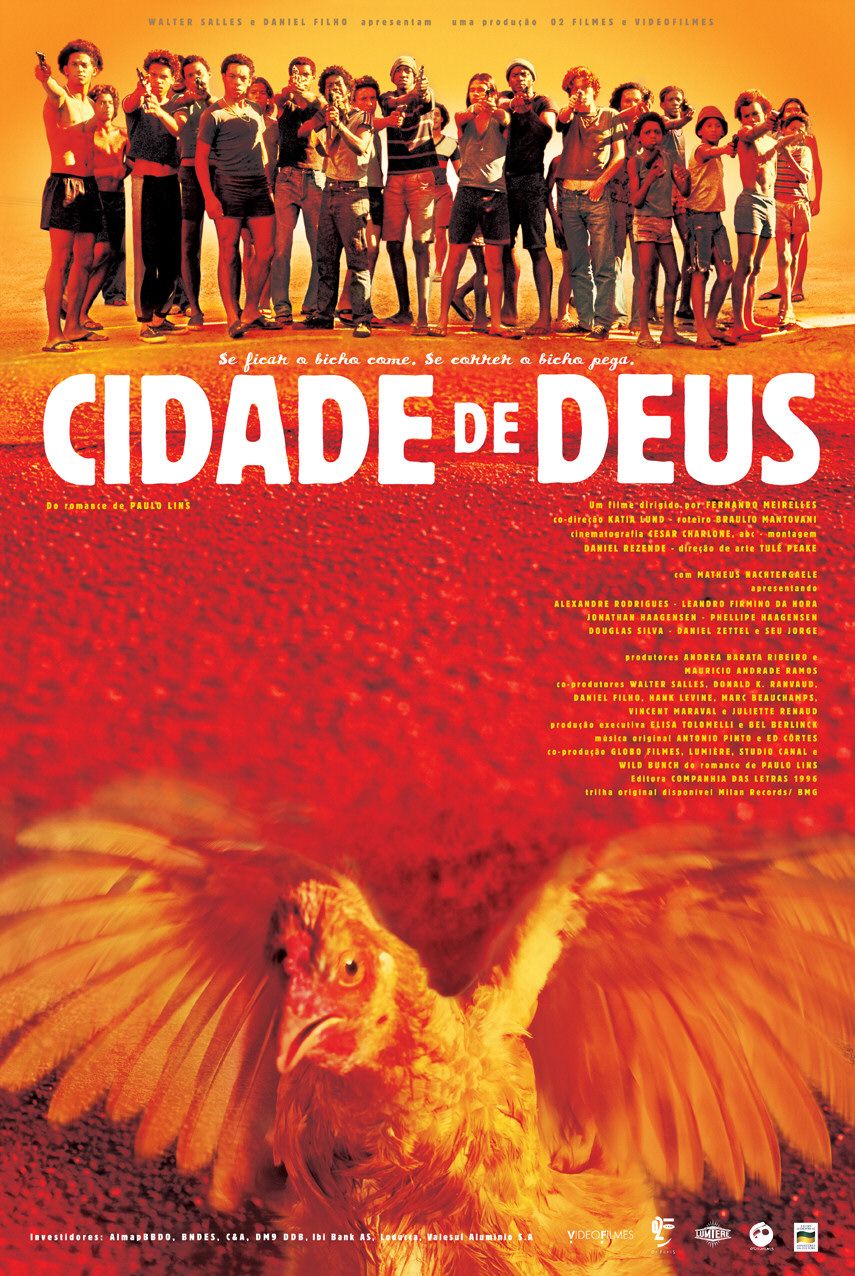- At the beginning of this scene we see Treadwell standing in the lake, posing for the camera by pretending to film something.
- There is background music of very slow and sombre violin noises; this is trying to manipulate the audience by evoking an emotional response for Treadwell as this music in combination with the shot tries to portray him as isolated or distant from the real world.
- Werner Herzog narration: "Beyond his posings, the camera was his only present companion. It was his instrument to explore the world around him; but increasingly it became something more, he started to scrutinise his inner most being, his demons, his exhilarations. Facing the lens of a camera, took on the quality of a confessional."
- In Herzog's narration it tries to prove Treadwell and flawed to make him mor of a three-dimensional character/protagonist. This extremely prevalent when he says "he started to scrutinise his inner most being, his demons, his exhilarations".
- The shot changes to Treadwell interviewing himself in the woods.
- Herzog's narration: "Covering various years, the following samples illustrate the search for himself."
- Treadwell stands addressing the camera directly.
- Treadwell: "I have no idea if there is a God. But God would be very very proud of me."
Film Studies - Connie Worthington
Monday, 29 February 2016
Grizzly Man // Scene Analysis (40:44 - 44:41)
Grizzly Man // Scene Analysis - 'Mr Chocolate'
Friday, 27 November 2015
City of God // Power, Poverty and Conflict - Analysis in the Opening Scene
In this scene we see people having a party, they are dancing, playing music and eating food. A chicken is escapes from the other and Lil' Ze asked everyone to go after it, people chase it with guns and they shoot at the chicken to stop it, they do this for fun (we are introduced to the crazy violence of the City of God. We cut to a shot of rocket and his friend talking about the opportunity that has arrived for him in photography for the newspaper. We cut back to the chicken chase and Lil' Ze asks a man to catch it that they pass he fails and Lil' Ze gets his gun out. The chicken runs out in to the road and squats under a car. This is where Lil' Ze and Rocket collide. Ze asked him to grab the chicken. The police pull up on the other end of the road and Ze's gang pull out their guns ready for a fight. Rocket as the narrator talks about how a picture can change his life but he may never escape the City of God because if the gangs won't get him the police will eventually.
 + The fast paced editing of the knife being sharpened places a tense ambiance over the audience. The sharpening of the knife could be a foreboding motif for the excessive and constant violence that is frequent throughout the film. The diegetic sound of the knife being sharpened sets the tone for the film of senseless violence this combined with non-diegetic sound of the samba music creates this feel that the violence is almost comical.
+ The fast paced editing of the knife being sharpened places a tense ambiance over the audience. The sharpening of the knife could be a foreboding motif for the excessive and constant violence that is frequent throughout the film. The diegetic sound of the knife being sharpened sets the tone for the film of senseless violence this combined with non-diegetic sound of the samba music creates this feel that the violence is almost comical.
 + The fast paced editing of the knife being sharpened places a tense ambiance over the audience. The sharpening of the knife could be a foreboding motif for the excessive and constant violence that is frequent throughout the film. The diegetic sound of the knife being sharpened sets the tone for the film of senseless violence this combined with non-diegetic sound of the samba music creates this feel that the violence is almost comical.
+ The fast paced editing of the knife being sharpened places a tense ambiance over the audience. The sharpening of the knife could be a foreboding motif for the excessive and constant violence that is frequent throughout the film. The diegetic sound of the knife being sharpened sets the tone for the film of senseless violence this combined with non-diegetic sound of the samba music creates this feel that the violence is almost comical.+ The use of a close-up shot on Lil' Ze's face emphasises a mad and mentally insane demeanour about his, this idea is strengthened by the fact that he is laughing. The close-up in almost a low angle shot, which could be a foreshadowing to his power and status we find out about later on in the film. When Lil' Ze shouted at everyone to go after the chicken Lil' Ze swears, this could emphasise the cruel and brutal nature of the favelas. that they live in
Mise-En-Scene - DEFINITION
Mies-En-Scene is made up from these elements:
- Lighting
- Space
- Set Design
- Composition
- Costume
Monday, 5 October 2015
Film Response - City of God (Directed by Fernando Meirelles and Kátia Lund)
The film revolves around the, 'City of God,' a favela (or ghetto) in Rio de Janeiro, Brazil, a horrifying area where drug dealers run the community, and where children killing children is not an uncommon occurrence. The story begins with the early stages of the City of God (in the 1960's) showing where many of the problems stem from- the extreme poverty, overcrowding etc. Here, in the early stages of the favela, we meet our main characters, along with the supporting cast. The story revolves mainly around two characters living in the favela, Rocket and Lil Ze, and how they take two different paths through life. Rocket's dream is to become a photographer and to escape the City of God while Lil Ze becomes a powerful gang leader and drug dealer. The film offers an unflinching look at gang life in the City of God, as it follows the favela through three decades; the 60's, 70's and 80's, and shows how violence just spirals into more violence with the disturbingly high amounts of violence in the favela, most involving teenagers and children.
The direction, cinematography, and editing are all Oscar-worthy. The cinematography is some of the best I have ever seen - with a very visceral, jerky feel. The editing is very frantic, which makes you feel like you are on the streets of the City of God, and the direction is flawless, seamlessly blending the many elements of the story. The story, the direction, the cinematography, the editing and the acting all add up to make a excellent movie that I would recommend to all. The images of gun toting pre-teen killers are very disturbing and Meirelles uses them relentlessly to underscore just how hopeless and frighteningly predetermined life is for these kids.
The direction, cinematography, and editing are all Oscar-worthy. The cinematography is some of the best I have ever seen - with a very visceral, jerky feel. The editing is very frantic, which makes you feel like you are on the streets of the City of God, and the direction is flawless, seamlessly blending the many elements of the story. The story, the direction, the cinematography, the editing and the acting all add up to make a excellent movie that I would recommend to all. The images of gun toting pre-teen killers are very disturbing and Meirelles uses them relentlessly to underscore just how hopeless and frighteningly predetermined life is for these kids.
Wednesday, 23 September 2015
Macro and Micro
Micro Elements
- Editing
- Sound
+ Diegetic Sound - Sound whose source is visible on the screen or whose source is implied to be present by the action of the film.
+ Non-diegetic Sound - Sound whose source is neither visible on the screen nor has been implied to be present in the action.
- Camera Angle/Movement
- Mise-en-scene
+ Make-up
+ Costume
+ Props
+ Location
+ Lighting
Macro Elements
- Representation
- Genre
- Narrative
- Audience
Wednesday, 4 March 2015
Film Response - The Last Seduction (Directed by John Dahl)
3.8
 The Last Seduction is a film I have very mixed feelings about. The highly gritty nature of the film, at times, can seem a bit too accessive; the nudity, the language and the general emotional overtones can seem over the top and there to just make the film purposefully shocking. However without it I don't believe the film woul be as effect to create dominance and strength for the character Bridget. Bridget, as vindictive and sour as she may seem, is such a refreshing character to come across. It is rare these days that we see such a strong and masterful female character, anti-heroes like this are a joy to watch and I am a sucker for an anti-hero.
The Last Seduction is a film I have very mixed feelings about. The highly gritty nature of the film, at times, can seem a bit too accessive; the nudity, the language and the general emotional overtones can seem over the top and there to just make the film purposefully shocking. However without it I don't believe the film woul be as effect to create dominance and strength for the character Bridget. Bridget, as vindictive and sour as she may seem, is such a refreshing character to come across. It is rare these days that we see such a strong and masterful female character, anti-heroes like this are a joy to watch and I am a sucker for an anti-hero. The film falls in to the Neo-Noir genre, but I like to think of it very separte from Noir itself. The Last Seduction has thrown the Hays Code out of the window, not a window - more like cliff. It is so far from any kind of any restrictions, the creators really have gone for it and gone for it hard. It is possible that with some restrictions that the film could have creatively gone around them, but would this of made a better film? I don't think so. The film was made for a modern audience, this is obvious, but it is so far past the original genre, I think it's stiring it to a wrong place.
Subscribe to:
Posts (Atom)

